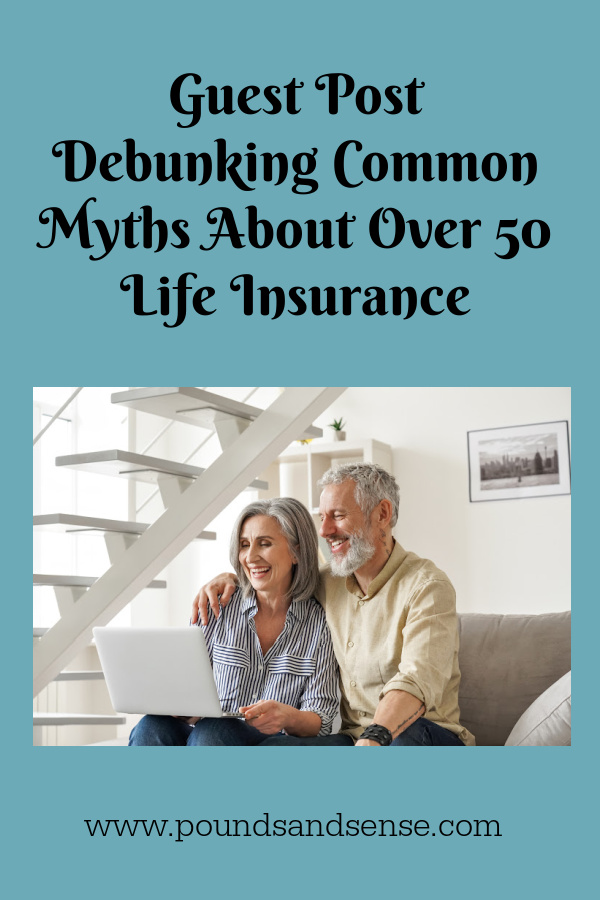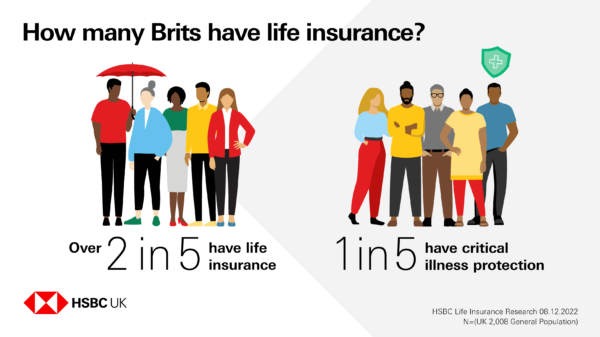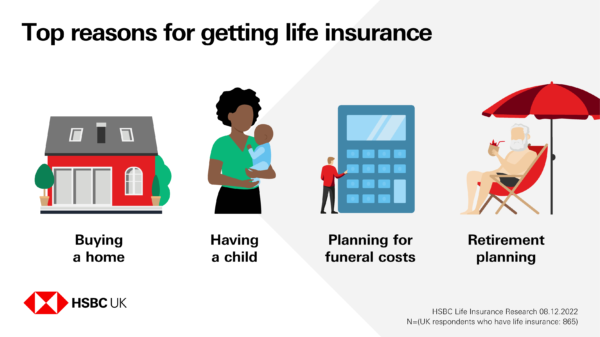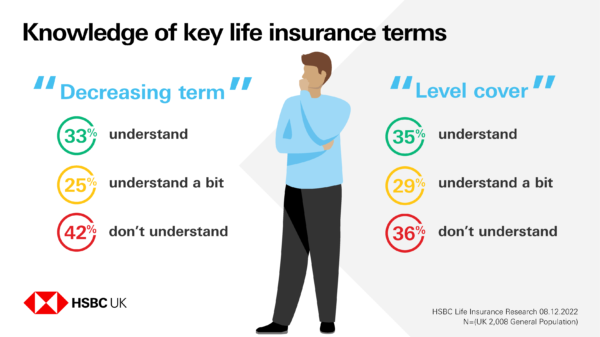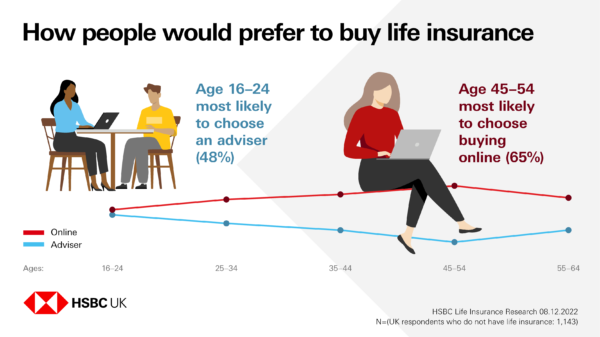Guest Post: Debunking Common Myths About Over 50 Life Insurance
For those of us who pride ourselves on family and caring for the ones we love, life insurance can be a very helpful safety net to have. Whether you want to leave behind a nest egg or just help them cover funeral expenses, taking out a policy can give you peace of mind that your loved ones will be looked after when you’re gone.
But unfortunately, life insurance is often surrounded by myths and misconceptions that can cause a lot of confusion when it comes to choosing a policy.
So in this post I’ve teamed up with British Seniors, Over 50 Life Insurance specialists, to take a look at the truth behind these common assumptions. Below, we’ll debunk some of the myths around Over 50 Life Insurance, so you can take pride in making an informed decision for your family.
Myth 1: “I’m Too Old to Get Life Insurance”
One of the most common myths is that people of a certain age can’t get life insurance. Many people assume that insurers won’t cover them if they’re over a certain age. In reality, Over 50 Life Insurance policies are designed to be taken out later in life. With British Seniors, you’re guaranteed acceptance for an Over 50 Life Insurance policy if you’re a UK resident aged 50 to 80. Better yet, there’s no need for medicals, blood tests, or complicated forms – you can get your policy sorted out over the phone.
Myth 2: “Life Insurance Is Too Expensive for Seniors”
Another common misconception is that life insurance becomes too expensive as you get older. While it is true that premiums are cheaper when you’re younger, many Over 50 Life Insurance policies are built to be affordable. When you take out a policy with British Seniors, you have control over your future payments with a fixed benefit amount or you can add the Increasing Benefit Option. With a fixed benefit amount, your monthly payments will stay the same for the duration of your policy. With the Increasing Benefit Option, to help keep up with the effects of inflation, your benefit amount and monthly premium will increase annually.
Myth 3: “I Don’t Need Over 50 Life Insurance Because I’m Debt-Free”
While being debt-free is a fantastic achievement, life insurance can be used for so much more than just debt. Many people take out life insurance to cover funeral costs, leaving their loved ones free from financial burdens during a difficult time. You could also leave your benefit amount as a nest egg for your family, so they can have some extra financial security. So, even if debts are no longer a concern, a life insurance policy can still offer some peace of mind and support for your loved ones.
Myth 4: “I Have Savings, So I Don’t Need Insurance”
While consistent saving is a great way to prepare for the future, even a substantial nest egg can be subject to risks where life insurance is not. Nobody knows what tomorrow will bring, and the reality is that many of us will end up needing our rainy-day savings for unforeseen expenses, like medical emergencies, home repair, loss of income, or simple day to day life as the cost-of-living increases. With an Over 50 Life Insurance policy in place, you have something of a financial safety net, so no matter what your savings look like down the line you can still count on your benefit amount.
Myth 5: “Life Insurance Payouts Are Taxed”
Many people worry that the payout from their life insurance policy will be heavily taxed, reducing its value for your family. The truth, however, is that life insurance payouts are usually exempt from income tax. Having said this, it’s important to note that your policy could be counted towards the overall value of an estate for inheritance tax purposes. Setting up your policy in a trust can help with this, by seeing to it that your loved ones receive their payout untaxed.
Myth 6: “I Can’t Get Life Insurance Due To A Medical Condition”
Another common myth is that having a medical condition makes it impossible to secure Over 50 Life Insurance. While this could be true of some policies that involve health assessments or medicals, some insurers offer guaranteed acceptance if you meet the criteria. With British Seniors, you’re guaranteed acceptance if you’re a UK resident aged 50 to 80. That means no medicals or blood tests are needed.
Myth 7: “I Can’t Leave Anything Significant to My Family”
While it’s true that the payout from an Over 50 policy may not be as large as those from other types of life insurance, the payout can still make a significant difference. You could secure enough to cover funeral costs, unpaid bills, or even to leave as a monetary gift. Having a policy in place also goes beyond financial value, as it can be a lovely gesture that tells your loved ones you care about them and their future.
Conclusion
In short, life insurance is not as complicated as it might seem – and being over the age of 50 doesn’t mean it’s too late to get covered. With these common myths busted, we hope that you feel more confident when it comes to planning for the future. Now you can make an informed choice for your loved ones and feel proud that you’ve looked out for them. If you’d like more information on British Seniors Over 50 Life Insurance, reach out to their trusted, UK-based advisors today and you’ll get a free quote with no strings attached.
Many thanks to my friends at British Seniors Over 50 Life Insurance for their assistance in compiling this article. As always, if you have any comments or queries, please do leave them below.

